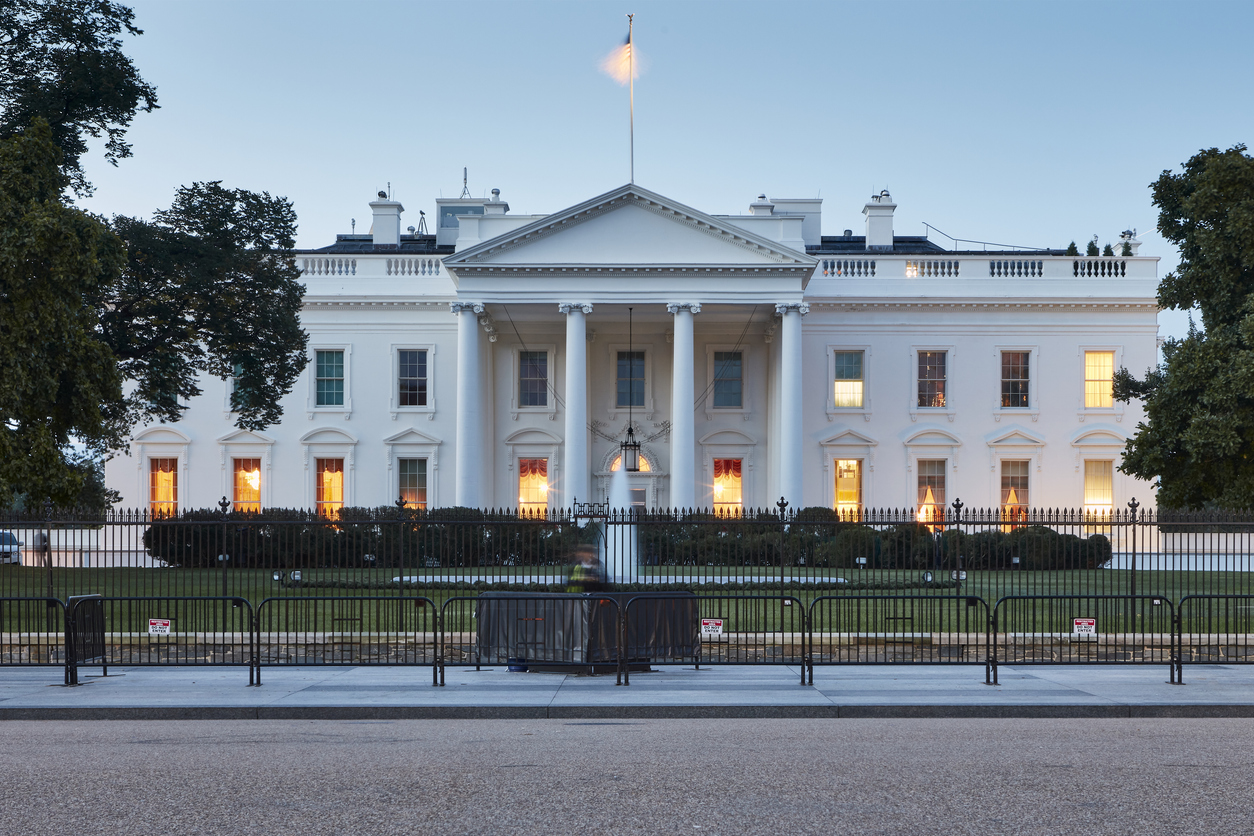
Challenges of Succession Planning
Succession planning is an inherently complex process that requires owners’ attention to their businesses’ immediate and long-term needs. This complexity is often more acutely felt in smaller professional firms that have limited financial resources and less bandwidth to dedicate to long-term strategic planning.
Smaller firms frequently encounter unique problems in their succession planning process. They are not always able to rely on financing mechanisms such as life insurance, retirement plans, or sinking funds, which are so often used by larger firms. They tend to be built around the individual preferences and relationships of their partners. Their methods of operation, compensation, and profit distributions frequently vary from year to year and are often adjusted based on isolated, nonrecurring events rather than consistent policies.
Beyond operational hurdles, firms navigating succession planning must also address the complexities related to valuation. Unlike other business entities, where value might reside in retained capital or tangible assets, the true worth of most professional firms lies in their client base and reputation, the skills of individual partners, and their potential to generate future revenue. This lack of tangible assets makes valuing a small or mid-size professional firm inherently more challenging, particularly when comparable transactions or multiples of value—common in large, publicly traded companies—are unavailable. For this reason, smaller firms tend to rely on one-time, arbitrary values for individual transactions. While such tactics allow small firms to be nimble, they hinder the development of consistent, methodical approaches to partner buyouts. They can also strain the firm’s finances, especially when payments to the departing partner are derived entirely from the firm’s future earnings.
A struggle common to all professional service firms, regardless of their size, is taxation. The choice of buyout structure (direct sale of the departing partner’s interest to other partners versus redemption by the firm of the departing partner’s share of total assets) impacts the tax outcomes and creates conflicting interests for the parties involved. An additional tax impact arises when the buyout includes payments for the departing partner’s share of goodwill or accounts receivable, as such payments trigger the recognition of ordinary income for the departing partner rather than the more favorable capital gain.
Without methodical preparation and thoughtful structuring of the underlying legal transaction, a partner’s departure or retirement can become a disruption that negatively impacts the firm’s financial stability and long-term prospects. Yet, despite being aware of these challenges, many firms still neglect to address them proactively. Partnership agreements, particularly those adopted early in the firm’s operation, often prioritize immediate concerns, such as management and profit-sharing, over the seemingly less pressing issues of partner withdrawals. Additionally, many buyout provisions lack the specificity and flexibility required to generate sufficient liquidity for the firm to fund a partner’s buyout.
This article provides an overview of the most popular buyout approaches that facilitate partner transitions. This overview does not address the tax issues surrounding each type of buyout or the valuation and accounting implications of the selected approach. The terms “partnership,” “partner,” “partnership agreement,” and “interest” are used generally and do not imply a specific legal or tax classification of a professional services firm.
External Financing
External financing (e.g., bank loans, lines of credit, or loans from specialty finance companies focused on professional services) to fund a partner buyout offers several key advantages, primarily centered around providing immediate capital and financial stability for the firm. Outside funding avoids the uncertainty associated with dependence on the firm’s future performance and allows it to continue its operations without depleting its cash reserves. These reserves can instead be utilized for other purposes, such as investing in essential technology upgrades, hiring key personnel, or pursuing initiatives that accelerate the firm’s growth.
Another significant advantage of external financing is a clean separation between the firm and the departing partner. The retiring partner has immediate access to funds, while the firm benefits from a complete disengagement of the departing individual from the firm’s ongoing operations.
One of the primary drawbacks of external financing is its substantial long-term cost. Some loans may contain less than favorable financing terms, including personal guaranties or shorter repayment periods. Restrictive covenants such as limits on future debt, capital expenditures, or partner distributions may constrain the firm’s operational decisions and impair its creditworthiness. Many traditional banks hesitate to offer partner buyout loans due to the lack of tangible collateral. Finally, the time-consuming process of a lender’s due diligence review might not align with the desired timeline for a partner’s departure. As a result, many firms may have no choice but to fall back on other arrangements.
Payment in Installments
Payment in installments is the simplest and, thus, most frequently used mechanism for all types of buy-sell arrangements. Professional services firms usually fund partnership redemptions from their ongoing revenue streams rather than accumulated capital. Payment in installments mitigates the financial strain on the firm by avoiding immediate cash outflows that could disrupt operations or hinder growth. The firm’s obligations are evidenced by a promissory note detailing the payment amount and terms, such as interest rate, payment schedule, and maturity date. The note can be secured to provide the departing partner with recourse if the firm defaults. Common security arrangements include:
- a pledge of the stock or membership interest purchased from the departing partner
- personal guarantees of the remaining partners
- liens on specific assets such as real estate or significant equipment (less common in the context of professional service firms, which typically do not possess substantial tangible assets)
The firm can use various approaches to manage its debt service and cash flow during the note repayment period. These include a cap that limits the total annual payout or a payment suspension clause, which permits deferral of principal payments during periods of economic downturn. Any amount that the firm cannot pay in a single year due to the cap or suspension would be rolled forward to the following year. Other details that the parties should address when using such arrangements include triggering conditions (e.g., a drop in revenue below a specified threshold), the duration of the relief period, the applicable interest rate, and the method for making up missed payments.
Payment in installments enhances a firm’s financial stability. Through proper cash flow planning and allocating a certain percentage of the firm’s revenue toward the buyout payments, the partners can neutralize the effect of unexpected difficulties, allowing the firm to navigate periods of financial hardship without default.
Earnout Arrangements
An earnout is a form of deferred payment that the seller receives from the buyer only when specific performance targets are met post-closing. In a scenario involving a partner’s buyout, the selling partner agrees to make a portion of their payout contingent on the firm’s future performance.
Earnouts are especially effective when the firm’s future financial performance is uncertain or when the departing partner’s continued involvement, even if temporary, is critical for the firm’s ongoing success, for example, to facilitate the transition of key client relationships or preservation of institutional knowledge. Partners who are compensated in the form of an earnout often stay with the firm in a part-time, consulting, or support role to ensure seamless handover of responsibilities and help maintain the firm’s stability during the transition.
Earnouts are also attractive for other reasons:
- They offer financial flexibility because a portion of the payment is tied directly to the retained revenue or profit of the firm. Such an arrangement protects the firm if client retention or revenue drops significantly after the transition.
- They help reconcile differing opinions between the departing partner and the firm on the value or prospects of the business.
- If the firm performs well, the departing partner may earn more than a fixed buyout price that might have been offered in the absence of an earnout.
In a typical earnout arrangement, the departing partner receives an initial portion of their payment in cash upfront. This payment partially mitigates the risk associated with the contingent payout. The firm’s achievement of the agreed-upon performance metrics triggers payments of the remaining balance during the earnout period, which typically lasts from one to five years. The length of the earnout period depends on factors such as the stability of the firm’s business, the time required to transition client relationships, the role of the departing partner, and the complexity of the chosen metrics. For instance, a firm with stable, predictable revenue might opt for a shorter timeframe than one with volatile, project-based income.
Commonly used performance metrics include revenue and profitability targets. Revenue targets can be based on the total revenue generated by the firm, revenue from the departing partner’s practice area, or revenue from specific client accounts historically managed by the departing partner. Revenue targets are popular because they are relatively simple to use. However, they do not reflect the actual profitability of the firm because they account for total income before expenses.
Profitability targets, on the other hand, better reflect the firm’s overall financial health and ability to pay, as metrics such as EBITDA, net profit, or profit per partner are directly linked to the firm’s bottom line. Another common metric is client retention, where payments are contingent on retaining a certain percentage of key clients associated with the selling partner for a specified period. Nonfinancial metrics are used less frequently, typically when the partner’s continued involvement is critical for achieving a specific strategic goal, such as securing a major contract, successfully integrating a practice group, or closing a joint venture deal.
Metrics used in earnout provisions should be objective, measurable, and based on reasonable assumptions and realistic projections. For any metrics to work effectively, they should be structured to prevent artificial inflation or deflation of expenses by addressing details such as the treatment of extraordinary expenses, intercompany charges, or changes in accounting policies. Simple calculations based on readily available data are preferable because they reduce the potential for manipulation or misinterpretation.
The parties can structure an earnout payment as a fixed amount, a percentage of the target achieved, or an agreed-upon formula that will be paid in periodic installments or a single lump sum at the end of the earnout period. To manage risk, the departing partner may (and should) insist on receiving a minimum guaranteed earnout payment (a “floor”). Conversely, the firm may seek a maximum payout limit (a “cap”) to avoid unexpectedly large payouts due to unforeseen successes potentially unrelated to the departing partner’s contributions.
Other protections for the departing partner include:
- extension of the earnout period if the guaranteed minimum is not met within the original timeframe due to specific, predefined circumstances
- acceleration that requires immediate payment of the remaining potential earnout or guaranteed floor upon certain events, like a change in control of the firm or the departing partner’s death
- audit rights preserving access to the firm’s books and records to verify the calculation of the performance metrics and dispute resolution methods for resolving disagreements on the payout calculation
Earnouts are not without drawbacks. Their contingent nature makes them a less desirable solution for buyouts related to retirement, where a departing partner seeks financial certainty and disengagement. They expose the departing partner to a significant risk by tying the payout to the firm’s future performance, which the partner no longer controls. External factors, regulatory changes, serious mismanagement, or strategic shifts by the remaining partners could all jeopardize the earnout payment. Nevertheless, earnouts are often the only viable method for providing buyout funding in smaller firms.
New Partner Buy-Ins
Another strategic approach to funding a partner buyout involves bringing in a new partner, either through an internal promotion or external hire. This new partner purchases the departing partner’s equity interest. This strategy provides both a funding source for the buyout and an opportunity for the firm to inject new talent, specialized expertise, or valuable client relationships into the firm. The new partner’s buy-in is especially attractive for businesses looking to grow new practice areas or expand their service offerings. However, this approach may significantly impact the firm’s ownership structure, culture, and internal dynamics and, as such, requires careful planning and execution.
The process of admitting new partners involves several key steps. First, the partners must identify potential candidates, assess their alignment with the firm’s culture, and perform any necessary due diligence. Next, they need to determine the value of the departing partner’s equity interest and structure the corresponding buy-in payment. Valuation methods vary widely and might include formulas already defined in the partnership agreement (e.g., based on book value, multiples of revenue or earnings, or a fixed amount) or an independent third-party valuation.
The buy-in payment may reflect only the value of a percentage interest in the business or might include a corresponding capital contribution or a pro rata buy-in for the new partner’s share in unbilled work in progress and accounts receivable. Since paying the full purchase price in cash can be a barrier for younger partners, many firms allow new partners to pay for their equity stake over time, typically through deductions from their future profit distributions or compensation.
New partner admission typically requires the consent of all (or a supermajority of) the remaining partners. Securing this consent can be a hurdle, especially if the admission significantly shifts governance control, decision-making power, strategic direction, or profit distribution formulas in ways that make some existing partners uncomfortable. Once consent is received, the partnership agreement is updated to reflect the agreed-upon terms, including the new partner’s initial capital contribution (if any, beyond the equity purchase), percentage of ownership, voting rights, profit and loss allocation, distribution entitlements, and specific roles and responsibilities within the firm.
New partner buy-ins can be highly complex, especially for firms with tiered partnerships, complex capital accounts, vesting schedules, and mandatory retirement policies. Despite these potential complexities, a well-crafted approach can deliver a fair and balanced result for all parties while facilitating a smooth transition.
Best Practices
The goal of succession planning is to ensure smooth, fair, and predictable ownership transitions based on objective parameters. To achieve this goal, professional services firms should adopt best practices when designing partner entry and exit strategies.
The first and most critical step is developing a comprehensive partnership agreement. This agreement should clearly outline triggering events for withdrawals (retirement, death, disability, voluntary departure, termination for cause), funding sources, and procedures, including advance notice requirements, clear valuation methods, and payment terms. Other important provisions include terms for new partner admissions and, where applicable and legally permissible, noncompete, nonsolicitation, and nondisclosure covenants restricting the departing partner.
Partners should periodically review and update the partnership agreement—for example, every three to five years or upon significant changes—to reflect evolving business circumstances, partners’ expectations, and legal and regulatory requirements.
However, a robust agreement alone is not sufficient to successfully navigate partnership transitions. Professional services firms should treat succession planning as an ongoing strategic process rather than a reaction to a partner’s imminent departure. Mentorship, talent development, open communication, and collaboration among partners regarding terms of transition are key to minimizing conflicts and building consensus. Experienced tax, legal, and financial advisors specializing in professional service firms can help design, draft, and implement exit and buy-in strategies that are legally sound, financially viable, and tax- efficient and thus protect the interests of all parties involved. By proactively addressing these elements, professional service firms can navigate partner transitions more effectively, preserving the stability of their firm and setting the stage for future success.










